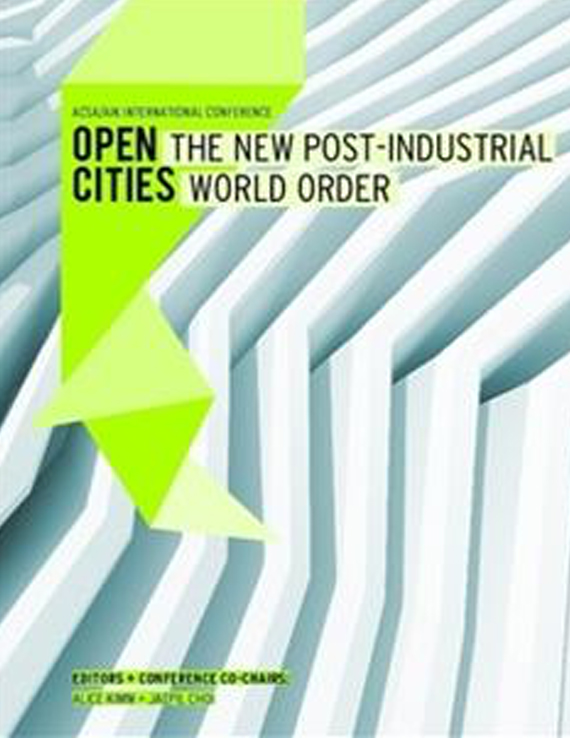Author(s): Diana Maldonado
The contemporary cities are characterized by traits of hypermodernity, but also bya sharp inequality, they are local and global at the same time. The global era andits ideal of multiculturalism were questioned at the beginning of the current centurywith the survival of the imperial hegemony and the religious fundamentalism.The open city is post-global.Latin America is considered the most urbanized region in the world; 80 per centof its population lives in cities, and more than 111 million people live in squattersettlements (post-global proto-cities); despite the statistics, this informal urbanizationis marginalized from the history and theoretical discourses, still dictated bya powerful Westernized center.In the “south-continent”, favelas, barrios populares, and villas miseria representthe border-spaces, the informal-formal zones of contradictions and ambiguities,the Terra Incognita where everything (lenses of ethnicity, tradition and globalization)could be negotiated. This paper looks for the remap of those informal places,to argue that there are indeed different urban principles in the built environmentof the Latin American proto-cities.This geography of “hybridity”, is not free of power struggles, hegemony and injustice,although it represents the continuing resistance with an open façade, it isa premonition of the cities of the future; a new urban-architectural vision needsto be thought from here. Using case studies from Mexico, Brazil and Argentina, Ipropose to remap these key spaces of the post-industrial metropolis, consideringrealities and virtual realities, in order to find new tools to allow us to understandthis new urban order, and perhaps re-write the history of the cities, and from thereto re-build them.
Volume Editors
Alice Kimm & Jaepil Choi
ISBN
978-0-935502-91-6

 Study Architecture
Study Architecture  ProPEL
ProPEL 
